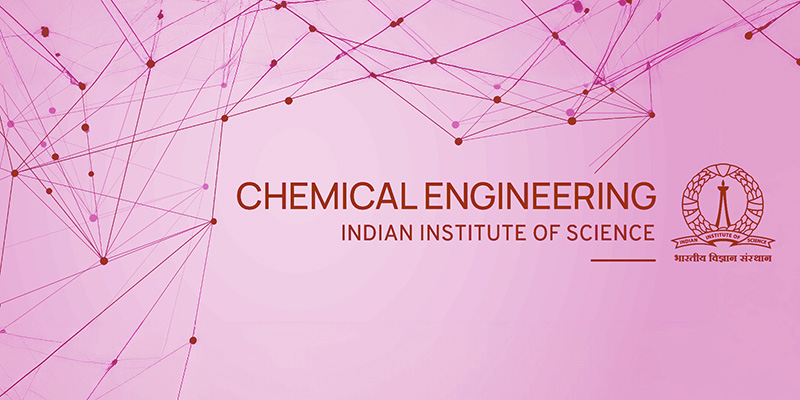November 11, 2024 -- November 11, 2024

Speaker : Thulasi Chand, Dept. of Chemical Engineering, IISc. Bengaluru.
Venue : Seminar Hall, Chemical Engineering.
Date & Time : 11th Nov. 2024 (Monday) at 4.30 PM
Modelling and Experimental Studies using Cryogen induced Nucleation and Crystal Growth
Crystallization of active pharmaceutical ingredients (APIs) is a critical processing step in the pharmaceutical industry. It traditionally involves supercooling mother liquor in jacketed vessels to induce crystallization with or without adding seeds at an intermediate point. Relying solely on supersaturation to control crystal formation requires further downstream steps for some systems to maintain crystal quality attributes. In this work, we explore the use of cryogens to create transiently held cold zones (around cryogen drops) in a warm supersaturated liquid to decouple nucleation in cold zones from rapid crystal growth at warm temperatures in the bulk of the solution.
Experimental validation for mannitol-water as a model system and drops of liquid nitrogen and ultra-cold hexane as cryogens demonstrates superior performance of cryogenic crystallization over conventional methods in a laboratory-scale batch reactor. Cryogens induce intense nucleation, yielding smaller crystals with narrower size distributions in less time for the same yield. Image analysis reveals that both cryo and conventional methods produce needle-like mannitol crystals with distributed aspect ratios, indicating prolonged nucleation, complex growth rates of different crystal planes, and breakup of needle-shaped particles.
Mathematical modelling using an average model provides physical insights into the experimental observations. It underlines the need to attenuate the effect of increasing surface area, which auto-catalyzes particle growth with a highly sensitive dependence of particle growth rate on supersaturation. A population balance is employed to capture the evolution of crystal size distribution. The model parameters estimated using a genetic algorithm highlight cryogens’ role through cooling a small volume beyond critical supersaturation. The model explains the reduced mean crystal size and reduced time required for cryogenic crystallization to achieve the same crystal mass yield when increased nucleation is invoked around local cold zones.
The superior performance of cryogenic crystallization led to the investigation of two additional process parameters cryogens bring into the system: flow rate and temperature. Due to the precise control it offers, a transition from batch to semi-continuous mode is carried out using microfluidic devices. CFD simulations show that cryogenic plugs cool regions ahead of it that induce nucleation. As expected, decreasing the temperature of cryogens at a constant flow rate resulted in a higher count of nuclei. Increasing the flow rate of cryogens led to an increase in nucleation rate attributed to increased frequency of plugs, length of plugs, and synergistic plug interactions. The modelling study corroborates the experimental study on the influence of the temperature of cryogens on crystallization.
In summary, this work advances the understanding of cryo-crystallization and offers promising insights for improving pharmaceutical crystallization processes, paving the way for more efficient and reproducible continuous manufacturing methods.